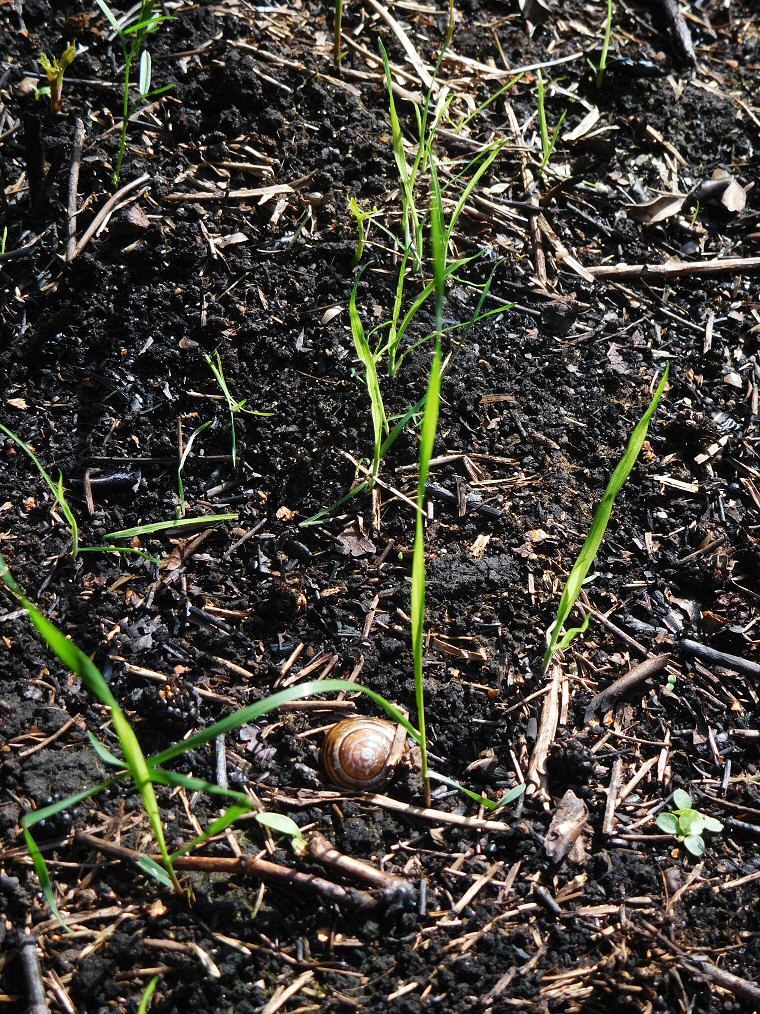
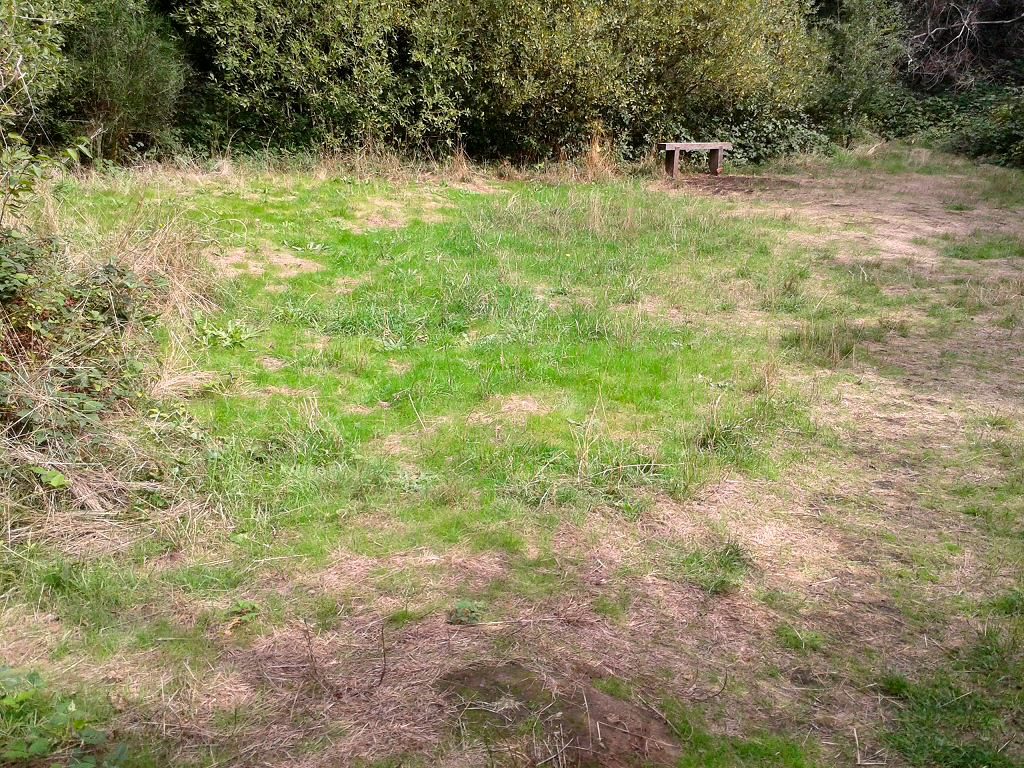
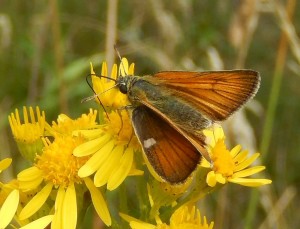
Well, what an exciting day in nature. In London, too. The meadows are now as dry as we’ve ever seen them; and they’re full of butterflies. The Small Skippers have flown; in their place are plenty of Essex Skippers, on an increasing amount of Ragwort.
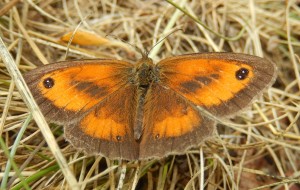
They are accompanied by clouds of Gatekeepers: we must have seen 100 of them, with 35 counted on one leg of the Butterfly Transect alone (going along to the beehive behind the Anthill Meadow). And good numbers of Meadow Browns (a dozen or so) and Small Whites; with twenty or thirty Holly Blues, they were high in the woods, visiting leaves, even on the ground.

A male Sparrowhawk perched on a dead branch above the pond boardwalk.
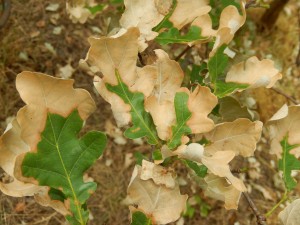
Signs of drought were everywhere: the pond is really low, but the brief rains of the last few days have brought levels back up a little. We spend a while giving 7 barrowloads of water to the planted birches on the embankment, and even rescued a few small oaks that were really suffering. The holm oaks, from the Mediterranean maquis, however looked perfectly comfortable: presumably with their waxy leaves and closed stomata, they are barely growing in the dry season.
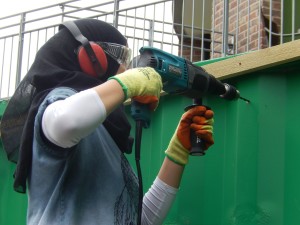
We fixed up a trellis on battens bolted to the extremely hard steel of the green hut; it took forever to pierce the metal, but after that it was easy to do up the bolts and screw the trellis to the battens.
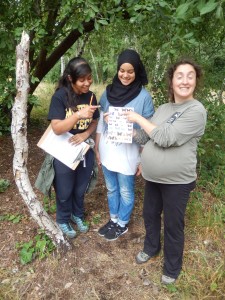
And yes, the butterfly transect was crowned by a confirmed sighting of an insect we’d felt sure must be here: a Purple Hairstreak. One sat on a low-hanging Oak leaf for us to check with binoculars and shaky camera. The streaked wings with their tiny tails could not be mistaken. The conservation officer was … visibly pleased. We also saw what seems to have been a Beautiful Carpet Moth – again, the photo was distant but we all saw it with binoculars.
It was hot and humid, and we worked quite hard, but it was a beautiful and memorable day.
“Brazil’s most populous region facing worst drought in 80 years” screams the BBC News headline. The three states with the largest populations, Sao Paolo, Rio de Janeiro and Minas Gerais are all desperately short of water.
Bad luck? A natural disaster? Act of God?
None of the above. It was simple bad planning, and failure to heed loud, clear, accurate warnings. Back in November last year, the area was correctly said to be “sleepwalking into water crisis“. What got done about it? Nothing. The journalist, Wyre Davies, asked rhetorically “So how does a country that produces an estimated 12% of the world’s fresh water end up with a chronic shortage of this most essential resource – in its biggest and most economically important city?” He was too polite to say “By a lot of politicians shoving their heads in the sand.” This isn’t just Brazil. Brazil’s politicians are no different from your politicians or my British politicians. ALL OF THEM have their heads in the sand. Climate change isn’t some vague, aesthetic, dilettante bit of academic test-tube arm-waving with a wussy computer model that probably proves something-or other. It’s happening now, and it’s frankly disastrous.
But surely, you’ll observe, Brazil could hardly have done much between November and January, however hard the politicians had tried. You’re right. But they were told FIVE YEARS AGO.
Back in 2009 the Brazilian climatologist Antonio Nobre announced that deforestation in the Amazon would within five years cause severe drought in South-eastern Brazil. He predicted that the lack of forest-created cloud (water is sucked up by the trees and evaporates in huge amounts forming clouds every day) would change the region’s climate.
It did.
Nobre warned that if deforestation continued, there would be disastrous water shortages.
It did, and there are.
The meteorologist Jose Marengo called the huge clouds of water vapour that stream from the Amazon rainforest “flying rivers.” They are drying up.
We – you, me, your neighbours – are by our daily choices – flying, buying petrol for cars, buying teak garden furniture, buying cosmetics made with palm oil grown where rainforest used to be, eating meat and buying petfood from cows grown on grass where rainforest used to be – causing disaster in one region after another. The Amazon. The Sahel. Sumatra. Borneo. Sounds faraway? The climate where you live is warming up. The wildlife where you live is vanishing. Not so faraway now, maybe?